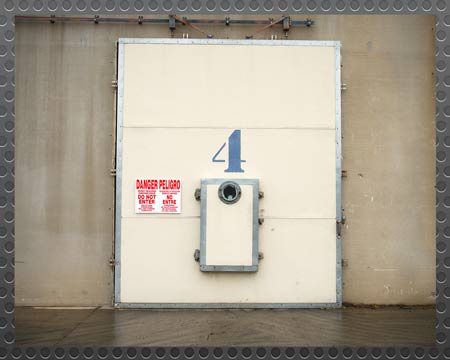- About Us
- Our Services
- Training Expertise
- Crisis Management for Business & Industry
- DOT PHMSA ALERT Rail Car Training
- Emergency Management
- Environmental & HAZMAT
- First Response & HAZWOPER
- Maritime Security
- OSHA Training/Confined Space
- RDPC
- Safer News Gathering
- Safer Ohio Schools Using Threat Assessment Management
- School Safety & Security
- Workplace Violence Prevention
- Courses
- Our Clients
- Media
All Confined Spaces Are Not Created Equal

Confined space incidents claim about 100 lives each year in the US, and sometimes more (over 130 in 2015).
As part of Findlay’s on-going mission to provide the best on-site Confined Space Entry (CSE) training, we help our clients parse the stipulations, regulations, and guides that have a province in the confined space arena. Besides the federal regulations (29 CFR 1910.146), one commonly-used publication is NFPA 350: Guide for Safe Confined Space Entry and Workfrom the National Fire Protection Association.
Regularly, we hear questions about what truly constitutes a confined area. NPFA 350 uses just one term throughout the guide, ‘confined space’, to describe any space that meet the OSHA definition. This is one of the assets of the guide, because it simplifies the information. But it is still very important to understand the classifications of confined space, since these determine when permits are needed.
If a confined space has no hazards present, it may be referred to by some documentation and regulators simply as a ‘confined space’ or a ‘non-permit confined space’. But such spaces are not static. That is, what does not require a permit for entry today, may need one tomorrow. There are many ways for a space to be immediately classified by action as ‘permit-required confined space’, though the activity may seem benign. Painting a confined area, for example, denotes the space as permit-required. That’s because the space now, as OSHA states, “contains or has the potential to contain a hazardous atmosphere.” That’s because paint fumes, if not properly ventilated, pose a health risk to the worker in the confined area.
Other conditions that mandate permits include:
- Any time there is material in the space that has the potential to engulf an entrant;
- If the confined space has walls that converge inward,
- Or floors that slope downward and taper into a smaller area where a worker could be trapped or asphyxiated
- When any recognized safety or health hazard is present
And since some of those conditions may be temporary, the space’s classification as a permit-required area can change. Once the painting is complete, for example, the space may return to nominal status.
The need for a permit initiates a properly-managed approach to safe entry, based on the presence of hazards. Permits must be issued by supervisors, and for a permit to be issued, the space must be certified as safe for entry and for the required task to be performed. The permit is posted at all entrances to the confined space and notes such important data as what equipment is allowed, and how long the entrant may remain in the space.
What spaces are found in your facility that are confined and may demand permits depending on the work to be done there, or conditions in the space that might change?
Findlay All Hazards is a national leader in CSE training with both a mobile confined space simulator and permanent, large-scale facilities at our Findlay, Ohio, training campus. Contact us today to learn how we can help you prepare your staff for any kind of confined space work.
